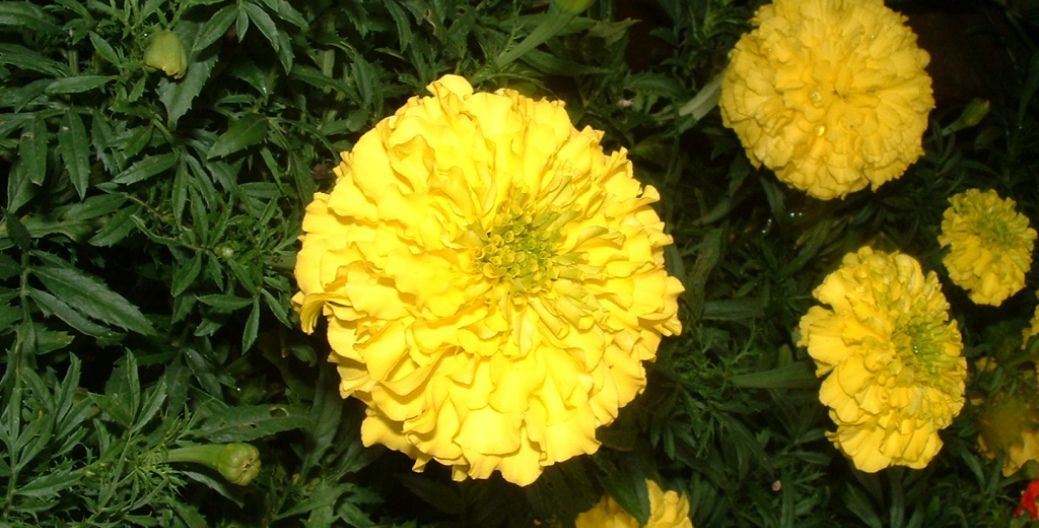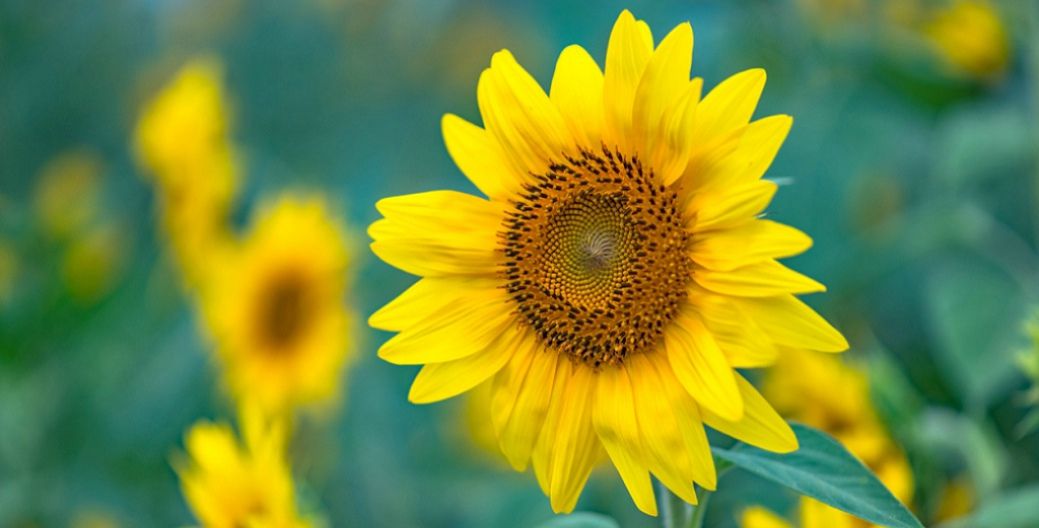Plant Collection Most Common Herb Fragrant plantain lily See More The trademark feature of Asia-native plantain lilies is the numerous glossy oval leaves with deep parallel veins. The Fragrant plantain lily is additionally decorated with strongly fragrant, trumpet-shaped, large white flowers, which are unique in the genus. Hosta plantaginea is one of the favorite cultivatedContinue reading “Most Common Herb”


Plant Collection Best Annual Plant to Grow Common sunflower See More The Common sunflower is recognizable for its bright flower on a very tall stem. It is often grown in gardens. These flowers have been important in culture: they were worshipped by the ancient Inca people, and today, they represent eco-friendly movements. The artist VincentContinue reading “Best Annual Plant to Grow”

Plant Collection Best Annual Plant to Grow Common sunflower See More The Common sunflower is recognizable for its bright flower on a very tall stem. It is often grown in gardens. These flowers have been important in culture: they were worshipped by the ancient Inca people, and today, they represent eco-friendly movements. The artist VincentContinue reading “Best Annual Plant to Grow”

Plant Collection Most Common Herb Golden pothos See More The Golden pothos is a popular flowering house plant that’s commonly seen in Australia, Asia, and the West Indies. It goes by many nicknames, including “devil’s ivy,” because it is so hard to kill, and can grow in the dark. Golden pothos has poisonous sap, soContinue reading “Most Common Herb”







